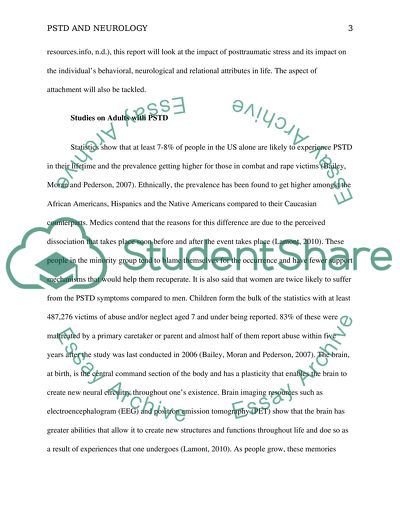Cite this document
(“PTSD and Neurology: A Review Term Paper Example | Topics and Well Written Essays - 2000 words”, n.d.)
PTSD and Neurology: A Review Term Paper Example | Topics and Well Written Essays - 2000 words. Retrieved from https://studentshare.org/psychology/1456239-ptsd-post-trauma-stress-disorder-the-neurological
PTSD and Neurology: A Review Term Paper Example | Topics and Well Written Essays - 2000 words. Retrieved from https://studentshare.org/psychology/1456239-ptsd-post-trauma-stress-disorder-the-neurological
(PTSD and Neurology: A Review Term Paper Example | Topics and Well Written Essays - 2000 Words)
PTSD and Neurology: A Review Term Paper Example | Topics and Well Written Essays - 2000 Words. https://studentshare.org/psychology/1456239-ptsd-post-trauma-stress-disorder-the-neurological.
PTSD and Neurology: A Review Term Paper Example | Topics and Well Written Essays - 2000 Words. https://studentshare.org/psychology/1456239-ptsd-post-trauma-stress-disorder-the-neurological.
“PTSD and Neurology: A Review Term Paper Example | Topics and Well Written Essays - 2000 Words”, n.d. https://studentshare.org/psychology/1456239-ptsd-post-trauma-stress-disorder-the-neurological.


